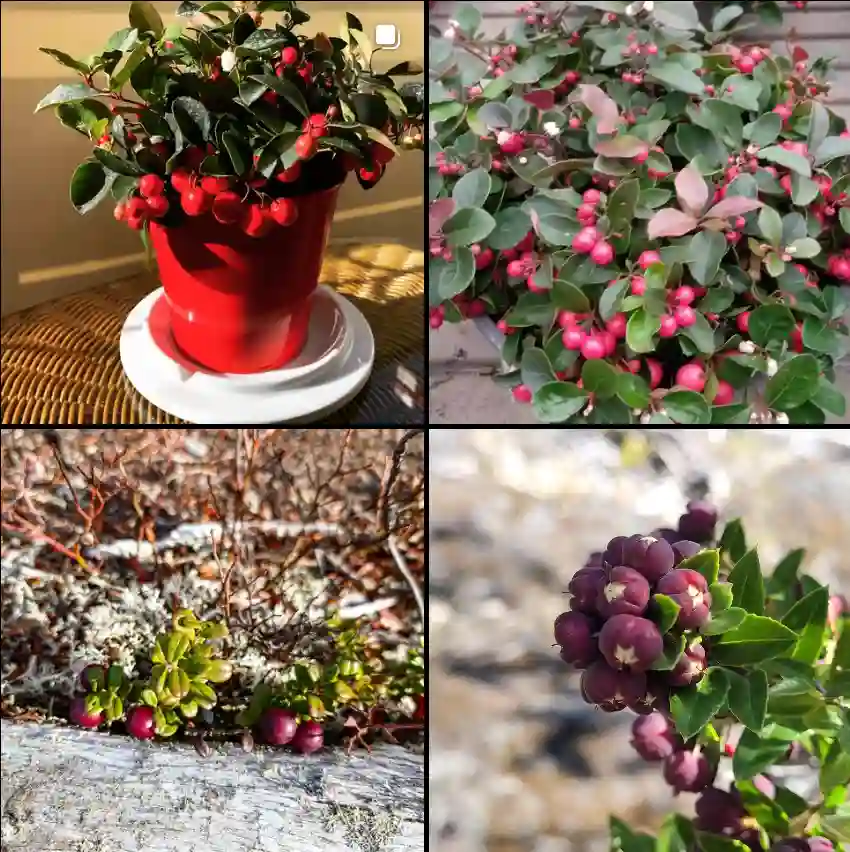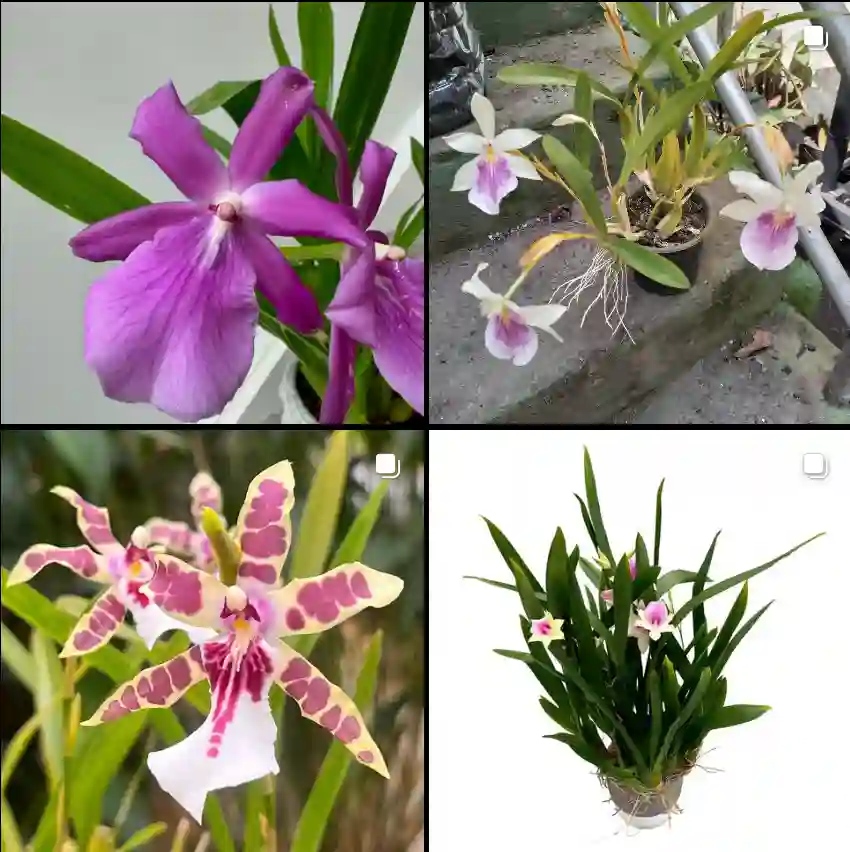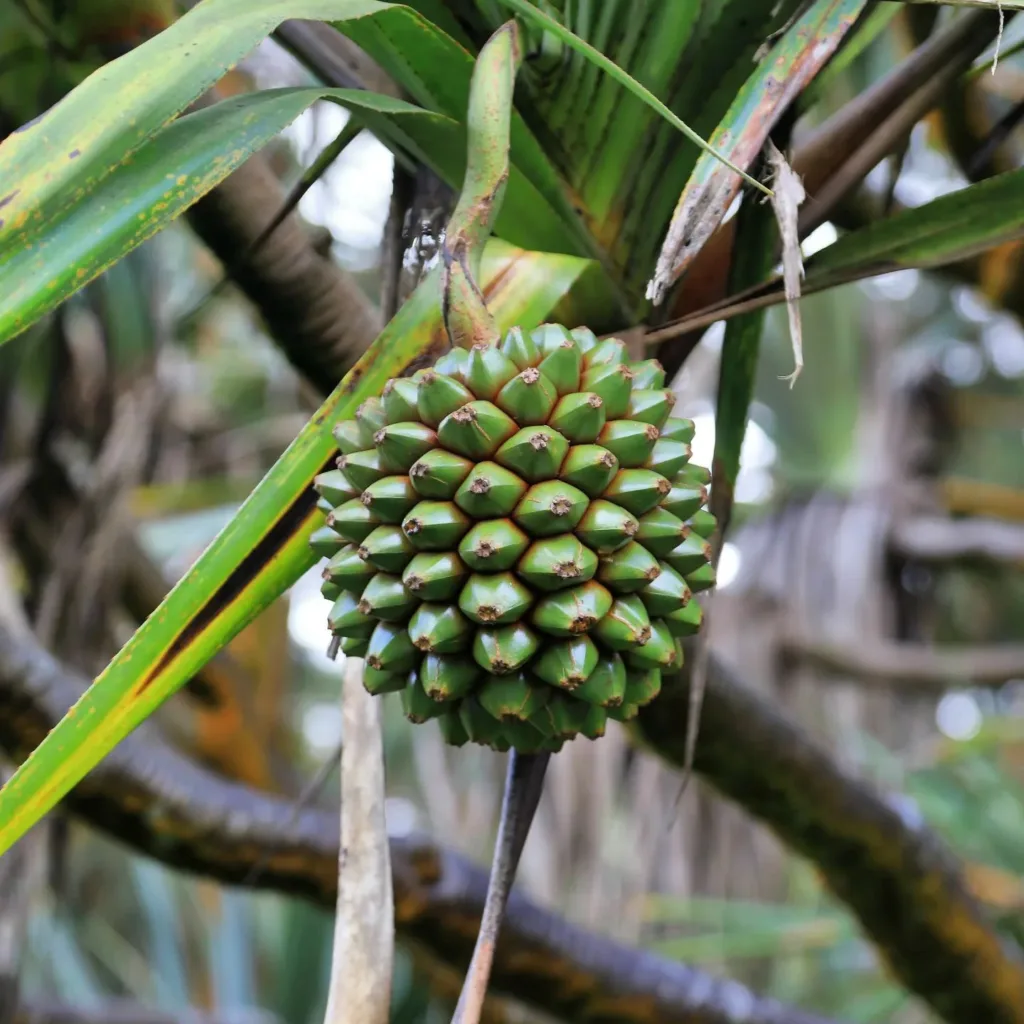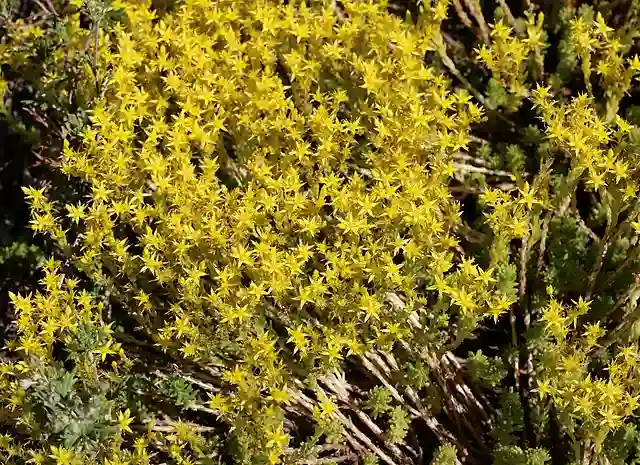All About Trillium Cuneatum: A Showstopper for the Shade Garden
Hi, Ferb Vu here! I’m a plant enthusiast, and today, I want to delve into the fascinating world of Trillium cuneatum, also known as Little Sweet Betsy. This captivating wildflower boasts a unique charm and adds a touch of elegance to any shade garden.
Whether you’re a seasoned gardener or just starting, Trillium cuneatum can be a wonderful addition to your landscape. But before you head out to buy one, let’s explore some frequently asked questions about this beauty.
54 Species in Genus Trillium
What is Trillium Cuneatum?
Trillium cuneatum is a perennial flowering plant belonging to the Melanthiaceae family. Often referred to as Little Sweet Betsy, it’s known for its stunning, maroon-colored blooms that emerge in the spring. This wildflower is native to the southeastern United States, particularly the piedmont and mountain regions.
What Makes Trillium Cuneatum Special?
Here’s what makes Trillium cuneatum a standout:
- Unique Three-Part Harmony: Trillium comes from the Latin “tri,” meaning three. True to its name, the plant features three prominent parts: three broad, beautifully veined leaves, three sepals (modified leaves that enclose the flower bud), and a single, magnificent flower.
- Showy Blooms: The star of the show is undoubtedly the flower. Trillium cuneatum boasts rich maroon blooms that can reach up to 3 inches in height. These sessile flowers, meaning they lack a stalk, rise directly from the center of the three-leaf whorl, creating a mesmerizing display.
- Shade-Loving Charmer: Unlike many flowering plants, Trillium cuneatum thrives in shady areas. This makes it perfect for brightening up those often-neglected corners of your garden.
Trillium Cuneatum vs Sessile
I’ve found Trillium Cuneatum to be a bit more rugged and adaptable in my garden, thriving in varying soil conditions, while Trillium Sessile, with its more delicate appearance, seems to prefer a bit more consistent moisture and shade to truly shine.
How to Care for Trillium Cuneatum?
Adding Trillium cuneatum to your shade garden is a breeze. Here’s what you need to know:
- Lighting: As mentioned before, Trillium cuneatum prefers partial shade or full shade. Direct sunlight can scorch the leaves and flowers.
- Soil: Rich, well-drained, and moist soil with a slightly acidic to neutral pH is ideal. Amending your soil with compost or other organic matter can create the perfect environment.
- Watering: Keep the soil consistently moist, especially during the spring and summer months. However, avoid overwatering, as this can lead to root rot.
- Fertilization: While not strictly necessary, a light application of slow-release fertilizer in early spring can give your Trillium cuneatum a boost.
Planting and Propagation Tips
Planting Trillium cuneatum is best done in the fall, allowing the plant to establish itself before the winter. Here’s a quick guide:
- Choose a suitable location in your shade garden.
- Dig a hole slightly larger than the plant’s root ball.
- Gently place the Trillium cuneatum in the hole and backfill with soil, ensuring the crown (the point where the roots meet the stem) sits slightly above the soil level.
- Water thoroughly and keep the soil moist throughout the first growing season.
Propagating Trillium cuneatum can be a bit challenging but not impossible. Division of the rhizome in the fall is the preferred method. However, be aware that this may take several years for the new plants to mature and flower.
Is Trillium Cuneatum Fast Growing?
Trillium cuneatum is a slow-growing perennial. Be patient; it can take a few years for the plant to reach its full size and bloom profusely.
Is Trillium Cuneatum Deer Resistant?
The good news is that Trillium cuneatum is generally considered deer resistant. The unique combination of its three-part structure and the presence of saponins in the leaves deters deer from browsing.
Can Trillium Cuneatum Be Grown Indoors?
While technically possible, growing Trillium cuneatum indoors is not recommended. These wildflowers require a period of dormancy during the winter months, which is difficult to replicate indoors.
What are Some Companion Plants for Trillium Cuneatum?
Trillium cuneatum pairs beautifully with other shade-loving plants like ferns, hostas, and hellebores. These companions create a lush and visually appealing display in your shade garden.
Comparison: Trillium Cuneatum vs. Other Trillium Species
There are many species within the Trillium genus, each with its own unique characteristics. Here’s a quick comparison of Trillium cuneatum with two other popular varieties:
- Trillium Grandiflorum (Large-flowered Trillium): This species boasts larger, white flowers with a yellow center. It also prefers slightly moister conditions than Trillium cuneatum.
- Trillium Declinatum: This variety features smaller, maroon-red flowers that hang downward (hence the name “declining”). Unlike Trillium cuneatum, it prefers slightly drier soil conditions.
In Conclusion
Trillium cuneatum is a captivating wildflower that adds a touch of elegance and natural beauty to any shade garden. With its unique three-part structure, stunning blooms, and shade-loving nature, it’s a true gem for gardeners seeking to create a tranquil and visually interesting space. By following the simple care tips and considering companion plants, you can ensure your Trillium cuneatum thrives and brings years of enjoyment.
Remember, patience is key with this slow-growing beauty. But the wait will be well worth it when you witness the magnificent display of its maroon blooms each spring. Happy gardening!
If i die, water my plants!



